Similar questions to this are asked periodically, but many of these answers are outdated.
I need to build a cross-platform desktop application in Java with a GUI of comparable quality to contemporary desktop apps.
Swing is the default choice, but I have yet to encounter a Swing application that didn't look, at the very least, quite dated and clunky (subjective, I know, but with GUIs it's hard to avoid aesthetic judgements).
I notice that the new Bitcoin client now uses QT with Java bindings, and does have an attractive user interface, but this has the disadvantage that it is no-longer pure Java.
So much of what I find when I search for Swing-related libraries is 5 years old or older, even though the aesthetics of desktop applications have evolved significantly since then.
If you needed to build a Java desktop application from scratch, what would you use for its GUI?


